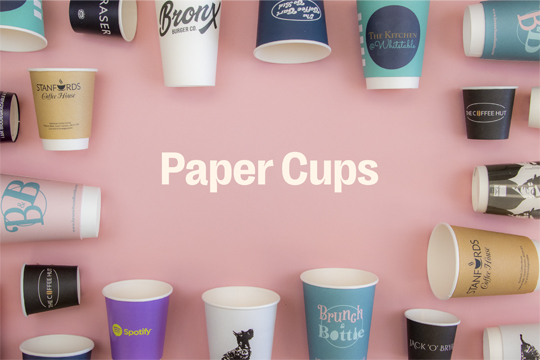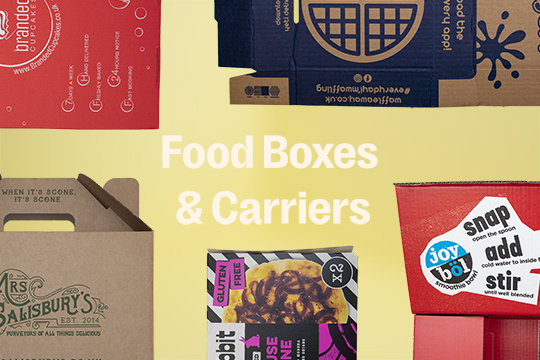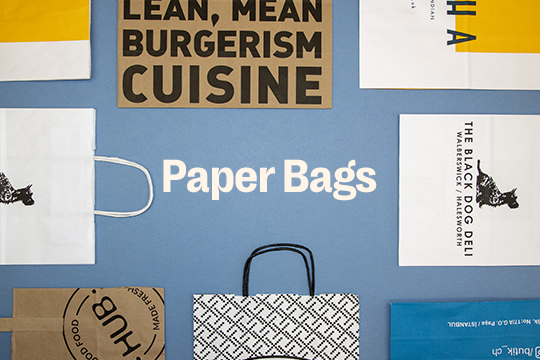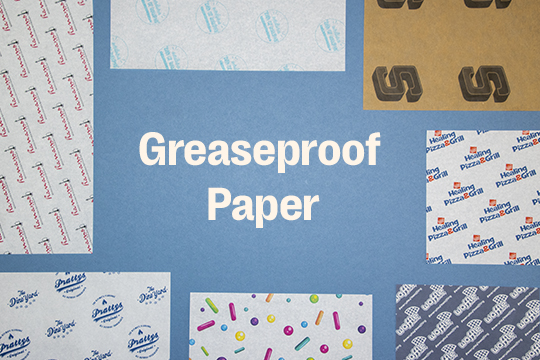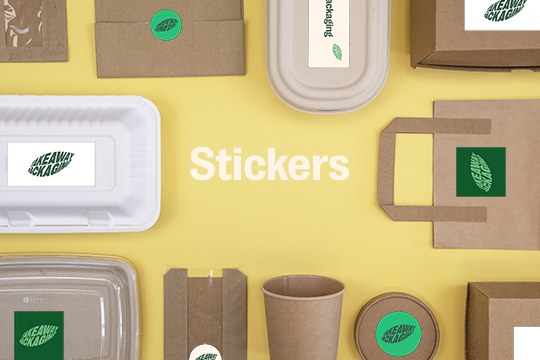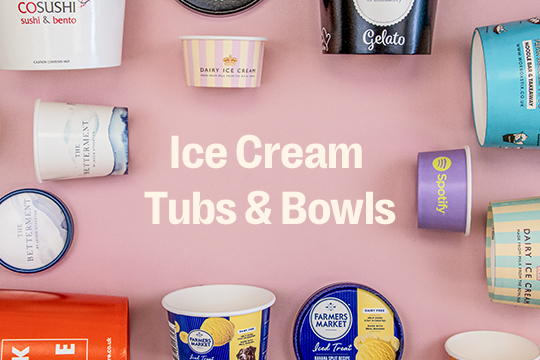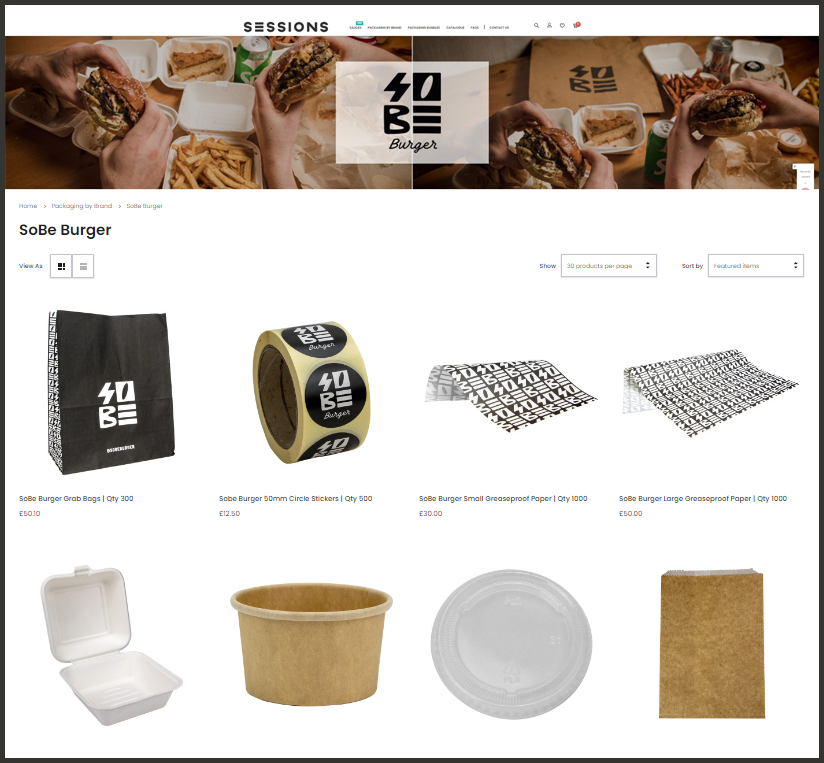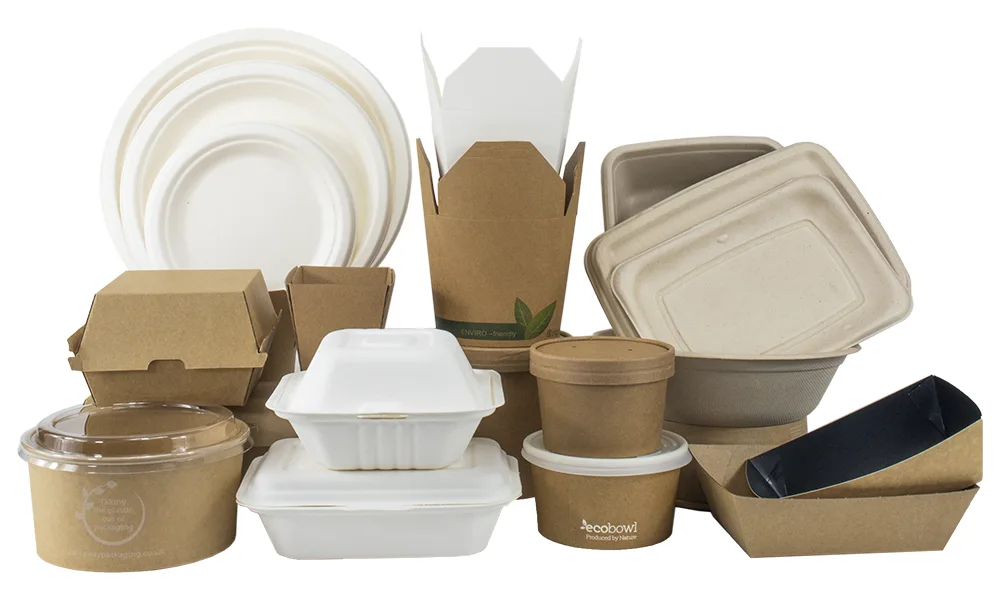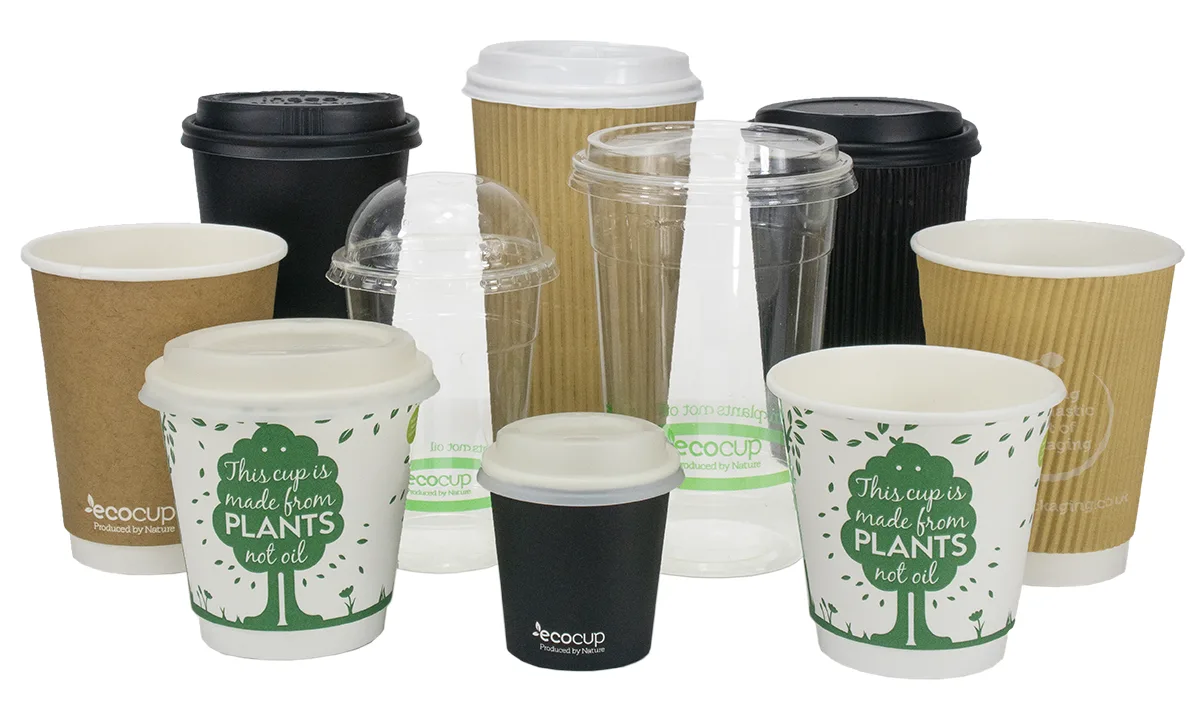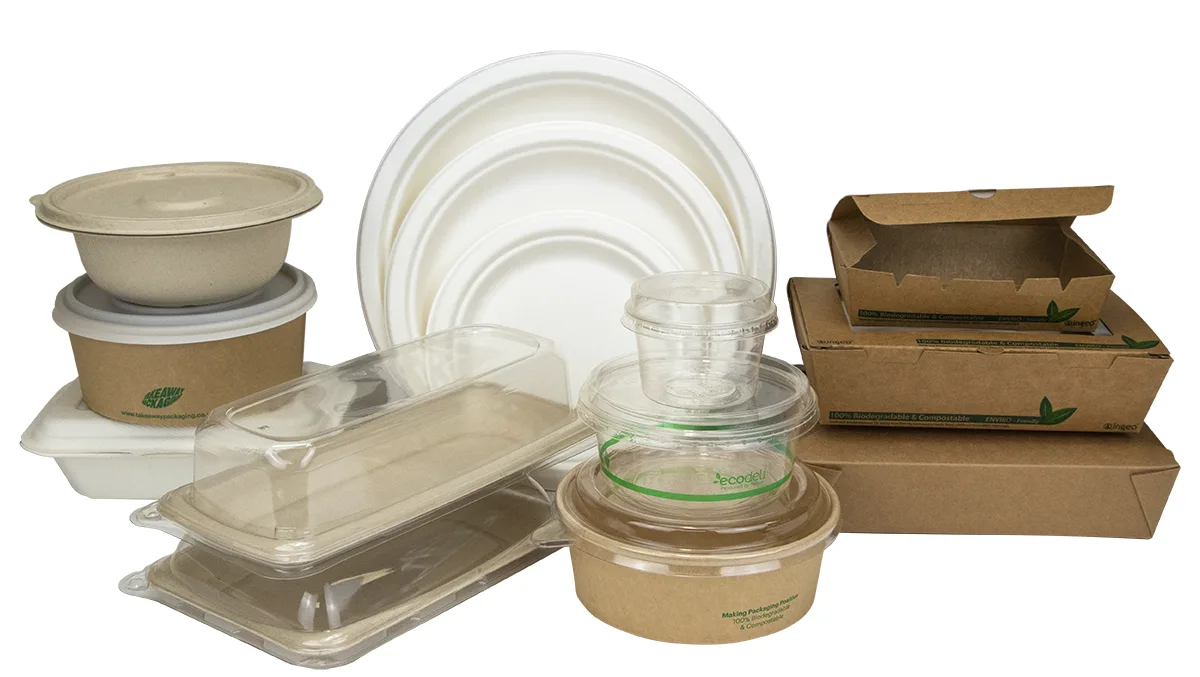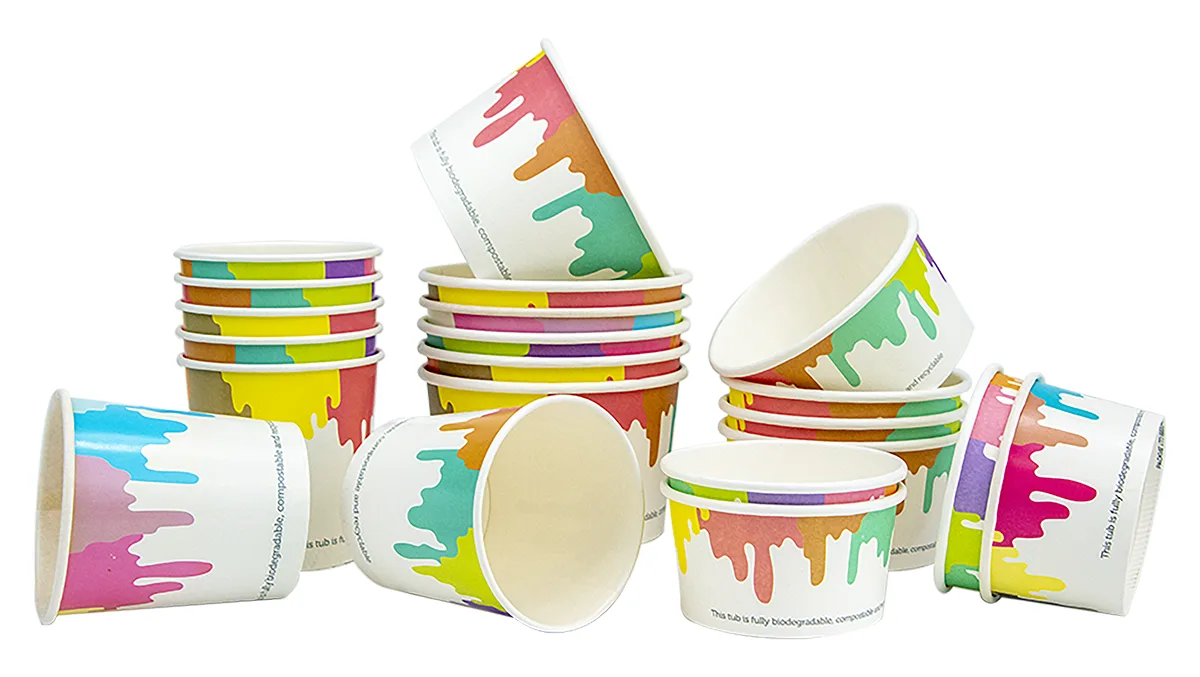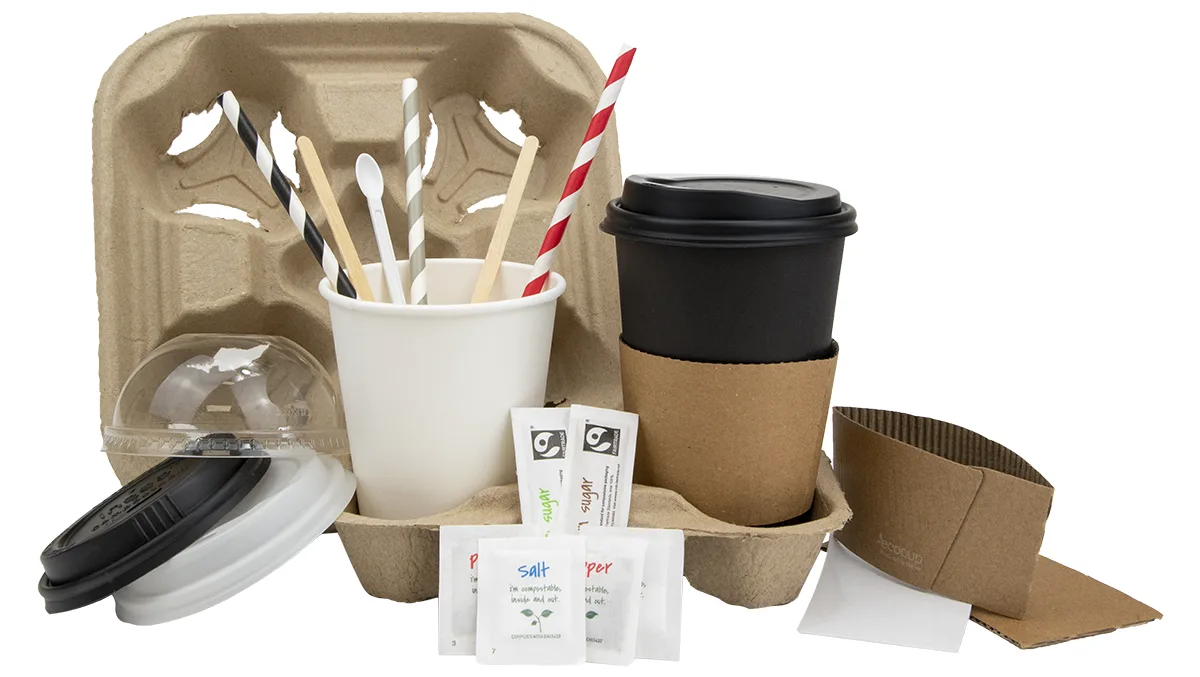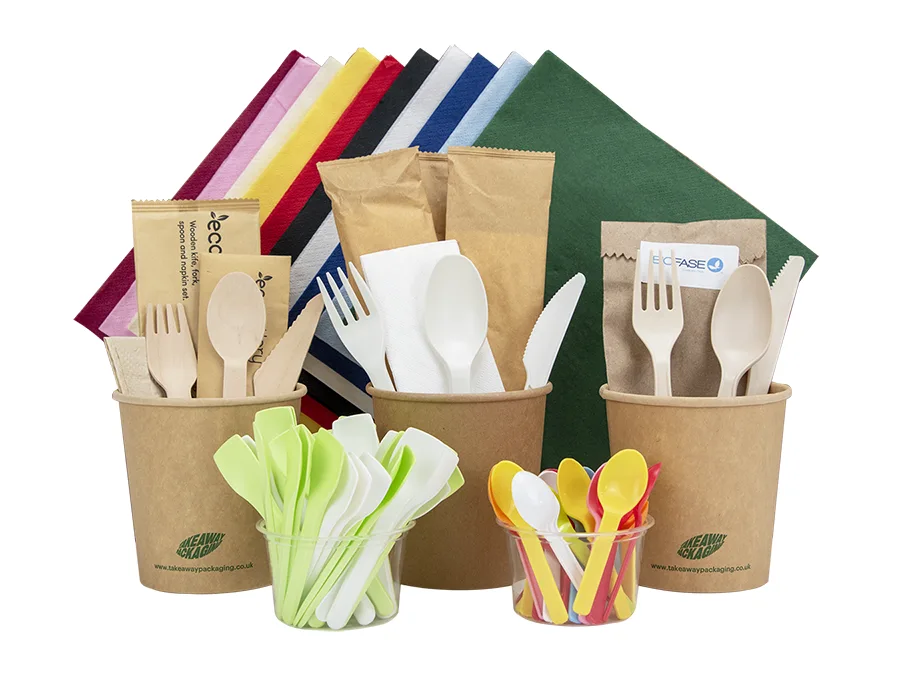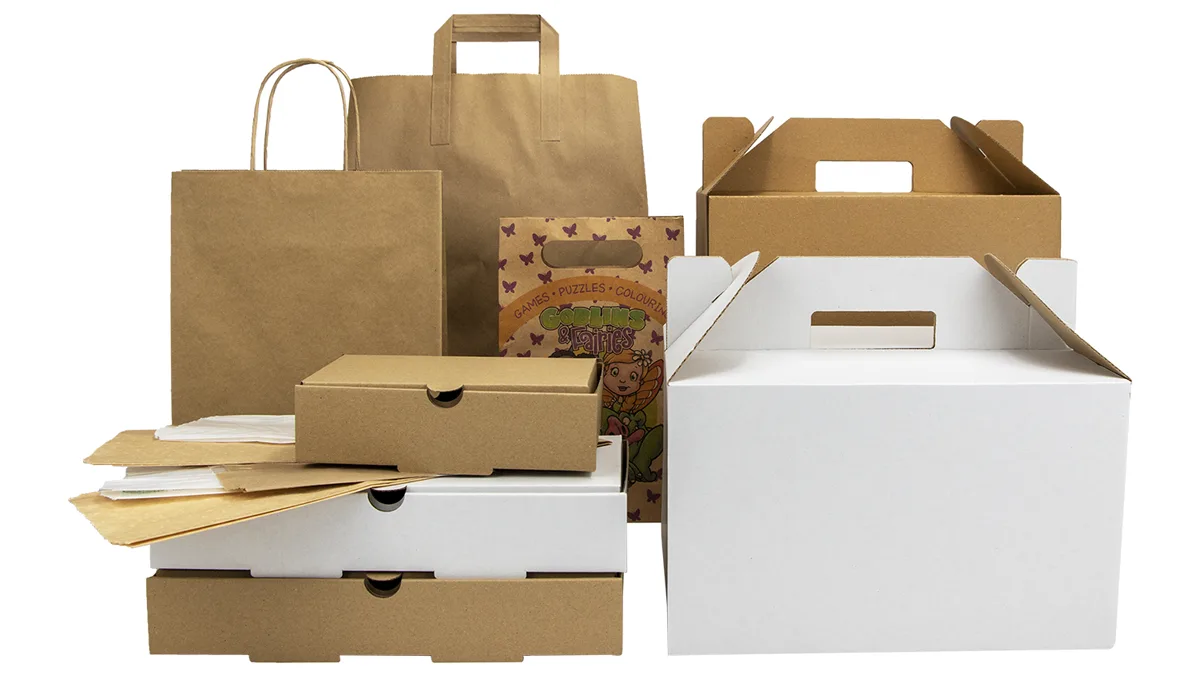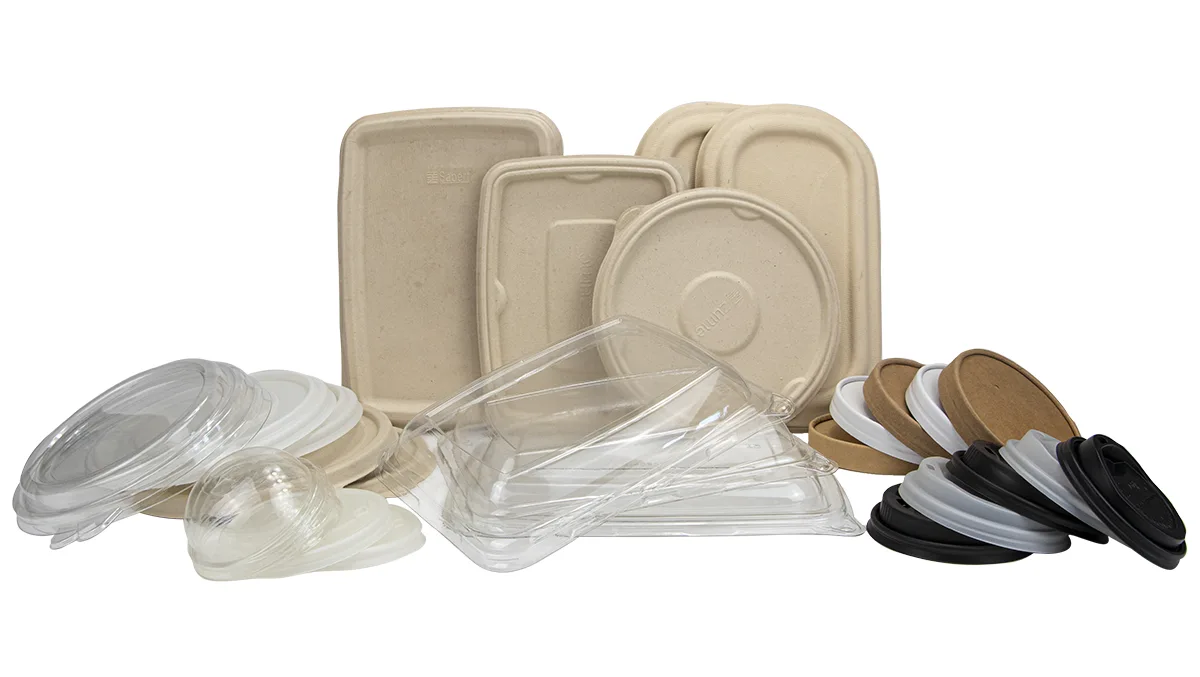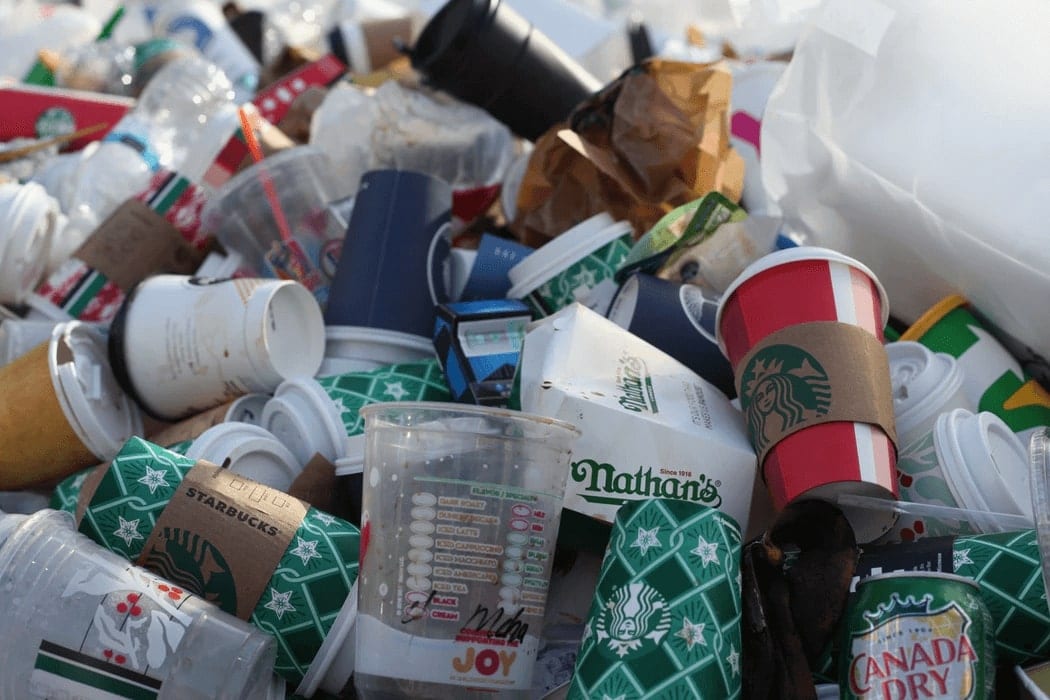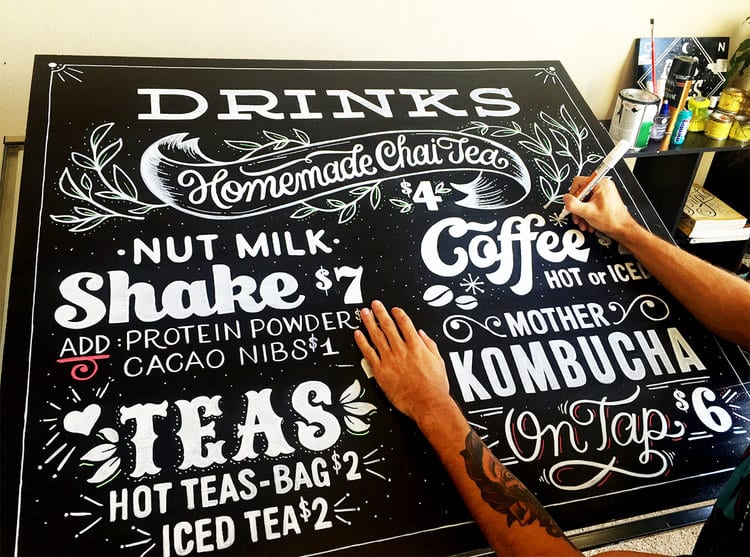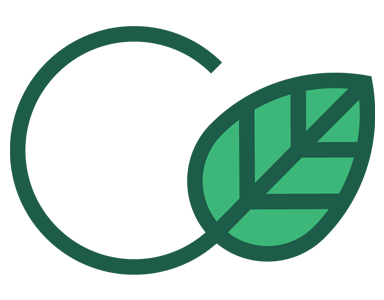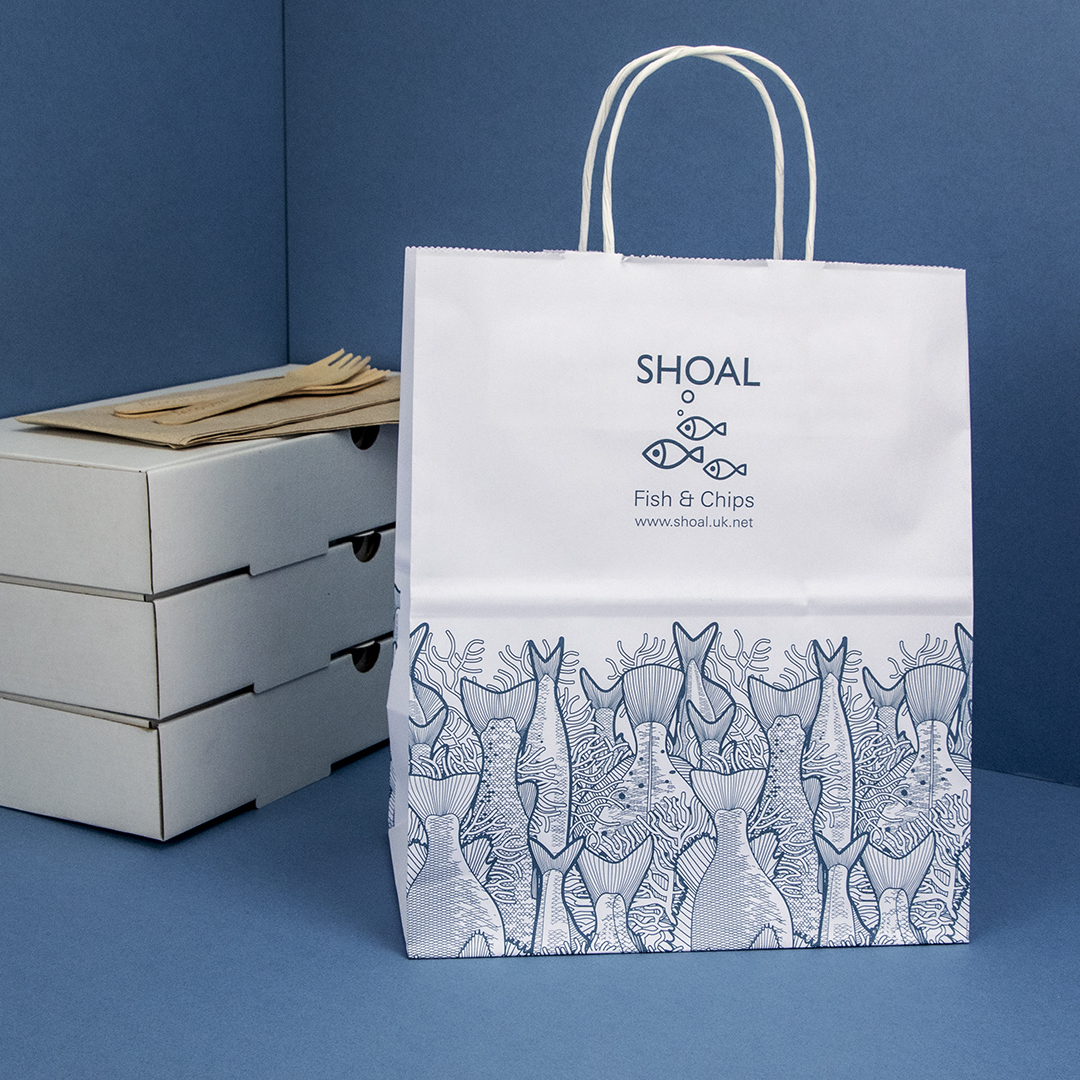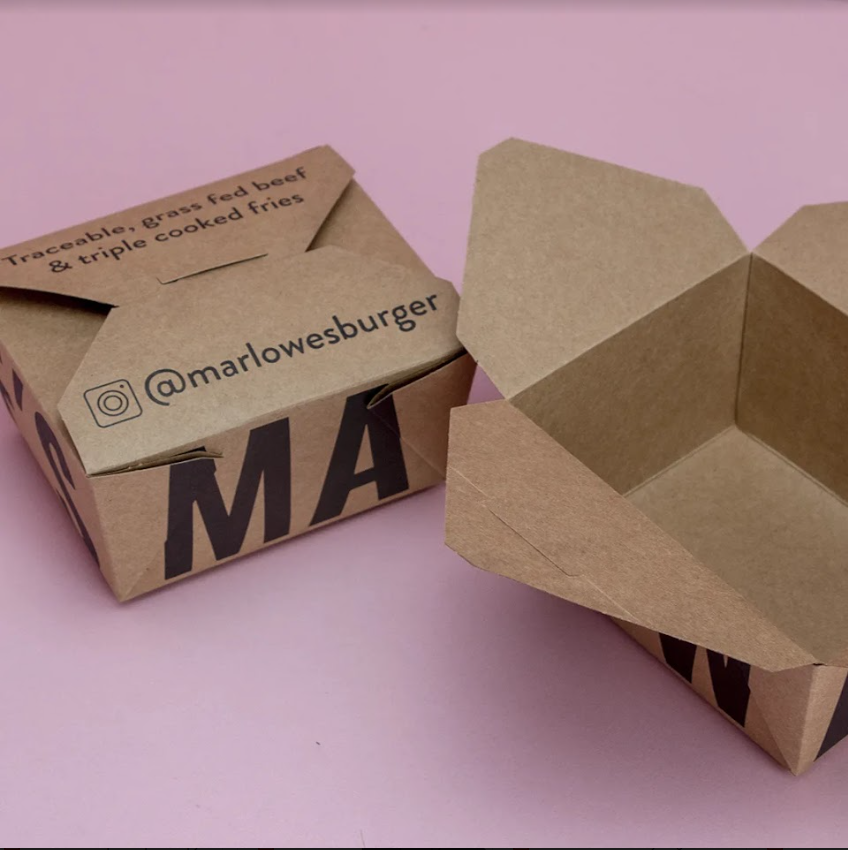Consumers are becoming more aware of why they should be making environmental choices. The issue is — they’re just not quite sure of how to make those choices. Often, customers will blindly make the wrong choice while trying to do the right thing. Buying a cotton tote, for example, is easily the worst replacement for a plastic bag although most people wouldn’t have guessed it.
The intricacies of environmental choices are continually reported on in our sustainable packaging blog. But today, we’ll just be covering some of the basics. What do companies mean when they say something is biodegradable and compostable? Are these words of wisdom are all too common adjectives?
What Is Biodegradable?
If something is biodegradable, it will eventually break down — or biodegrade — into natural elements. To do this, biodegradable items have to go through a biological process. Technically, if something is biodegradable, this process should take no longer than twelve months. However, materials such as oil-based plastic are biodegradable but can last in the environment for a lifetime. That’s why you’ll need to be careful when you consider products labelled as “biodegradable.” Crucially, what matters is how long it takes for something to biodegrade.
As well as the length of time it will take for a product to return to its original elements, you’ll also need to consider the actual biodegradation process. Although the word “biodegradable” has a pretty good reputation, in reality, a biodegradation process can be less than pretty. In fact, breaking down materials such as plastic can be downright ugly.
Given enough time, plastic will break down to its original format – carbon dioxide, water and a few other natural elements. But depending on where biodegradation takes place, the process might first involve breaking down the plastic into smaller plastic fragments named microplastics. These tiny plastic pieces are extremely harmful to wildlife and as they enter the food chain, they also pose a health risk to humans.
The next time you hear something is biodegradable, ask yourself, “how long will it take to biodegrade?” Even better, try to choose products from companies with transparent information on the topic. Remember, as a customer, part of the waste responsibility lies with you. If a plastic bottle is correctly recycled, it should reach a facility with prime conditions for biodegradation. If the same plastic bottle is littered, it’s more likely to stay in the environment longer, eventually reaching animal habitats like the ocean.
What Is Compostable?
You might have heard of a compost bin or a compost heap where organic waste collects before reuse as fertiliser for plants. If you’re familiar with this process, it won’t take much more than common sense to get clued up about composting.
The term “compostable” refers to natural products that can be broken down to organic matter. This organic matter is superior to products that are only biodegradable as the result provides the earth with key nutrients. Composting your leftover fruit peel and veggie waste is a great idea if you want to grow a healthy, green garden.
However, bear in mind that the composting process requires specific conditions such as optimal light, wind and sun. For example, if conditions are too cold, waste will be preserved rather than decomposed. This is great news for preventing mould on bread by sticking it in the freezer — but not so good if you want to try composting in the winter.
If you’re eyeing up a product with the word “compostable” on the packaging, you’ll need to be aware of one more thing. There is a difference between composting at home and commercial composting. And if a product is labelled compostable, it’s usually referring to commercial composting rather than home waste. For a commercially compostable product to break down in the same way, it will need to be disposed of correctly, so it reaches an industrial facility. Just as oil-based plastic bottles can be a danger to wildlife during the biodegradation process, bioplastics — which are known as a safer alternative to oil-based packaging — can also be harmful when in the wrong hands.
We use PLA bioplastic in our clear packaging options like our delicious deli bowls and we try to be as transparent as possible about it. PLA bioplastics are superior alternatives to plastics as they are commercially compostable and so easier to recycle. Intense heat can help a bioplastic substance to quickly compost. This process will happen in a commercial composting centre. If disposed of correctly bioplastic water bottles — and other bioplastic packaging — can be broken down in a matter of days. Unfortunately, if bioplastics are disposed of incorrectly or littered, they will be just as harmful as oil-based plastics during the biodegradation process. Bioplastics can still form microplastics and will take a certain amount of time to decompose without the help of a controlled environment such as a high temperature.
What’s the Difference?
If biodegradable and compostable both sound scarily similar to you, that’s because they are. The key difference is that compostable products require a specific setting to decompose. Biodegradable products do the same job — but as part of a natural process. So biodegradable products are easily managed in a landfill whereas compostable products will clog up municipal waste.
In fact, composting is just an enhanced form of biodegradation, where environments are manipulated to reduce waste. The similarities between the two terms mean a product can be biodegradable and compostable — and that a biodegradable and compostable product is also inherently recyclable.
The key thing to remember is don’t take the labels “compostable” and “biodegradable” at face value. Always check instructions to see how packaging and products should be disposed of correctly, as well as digging a little deeper to find out about the lifecycle of a product. After all, a biodegradable product that takes 5,000 years to waste away isn’t helping anyone.
As a consumer, it’s important to do your research and be picky about the brands you choose to spend your money on. Learn more about our sustainable products by visiting our online shop.


